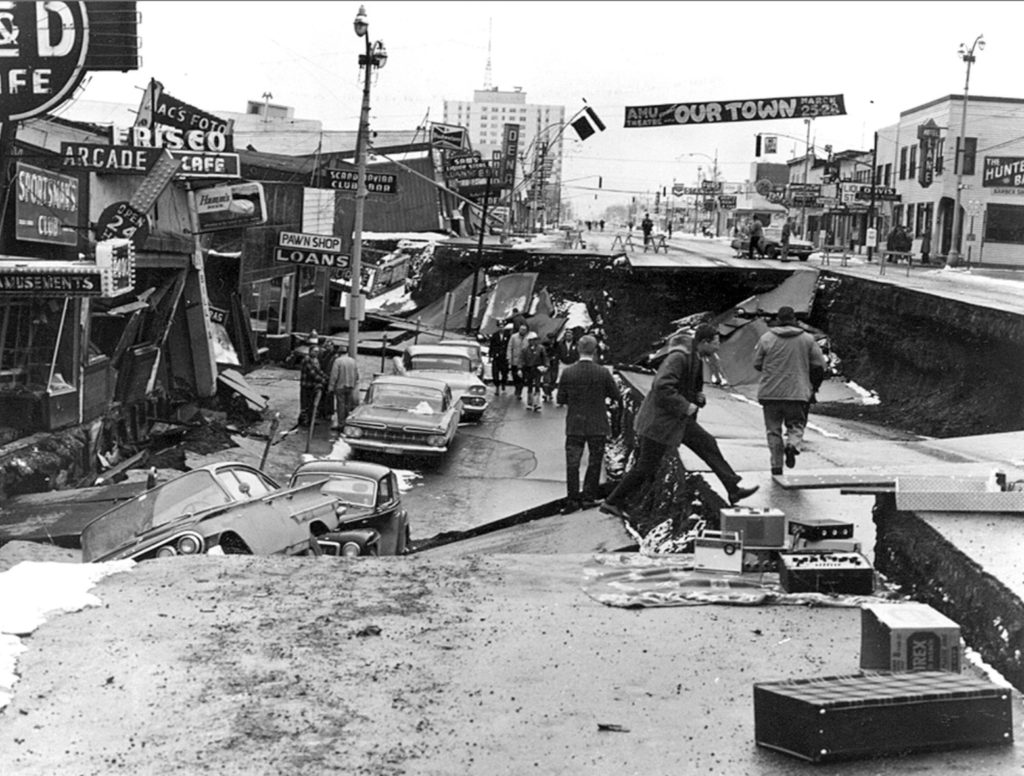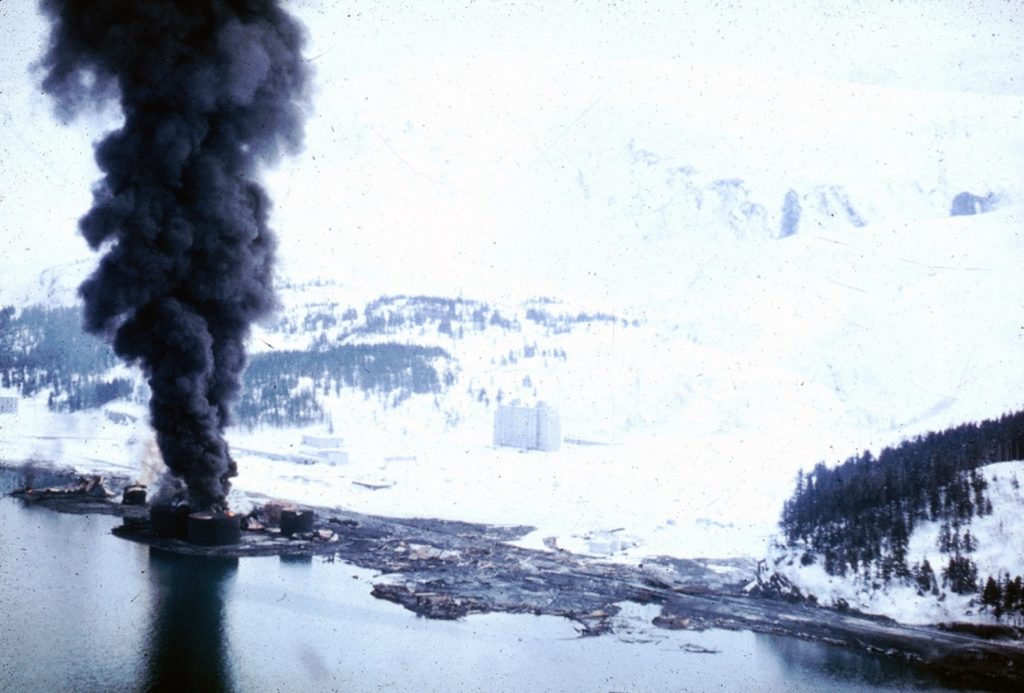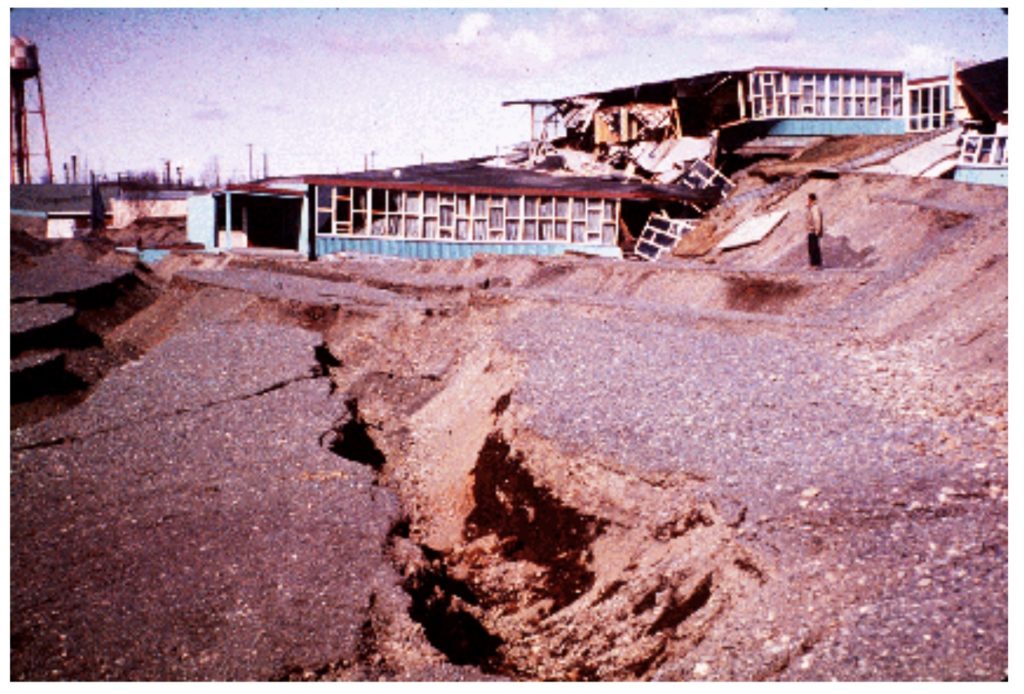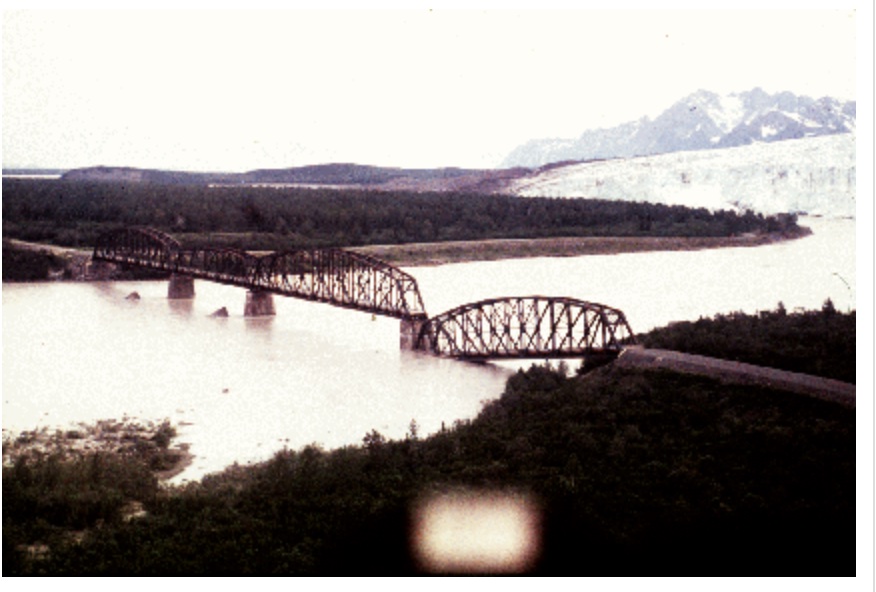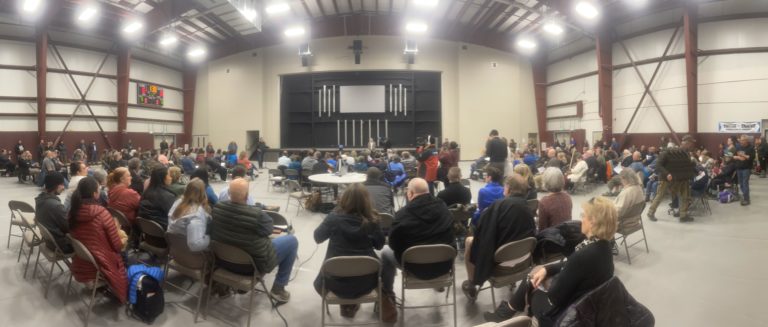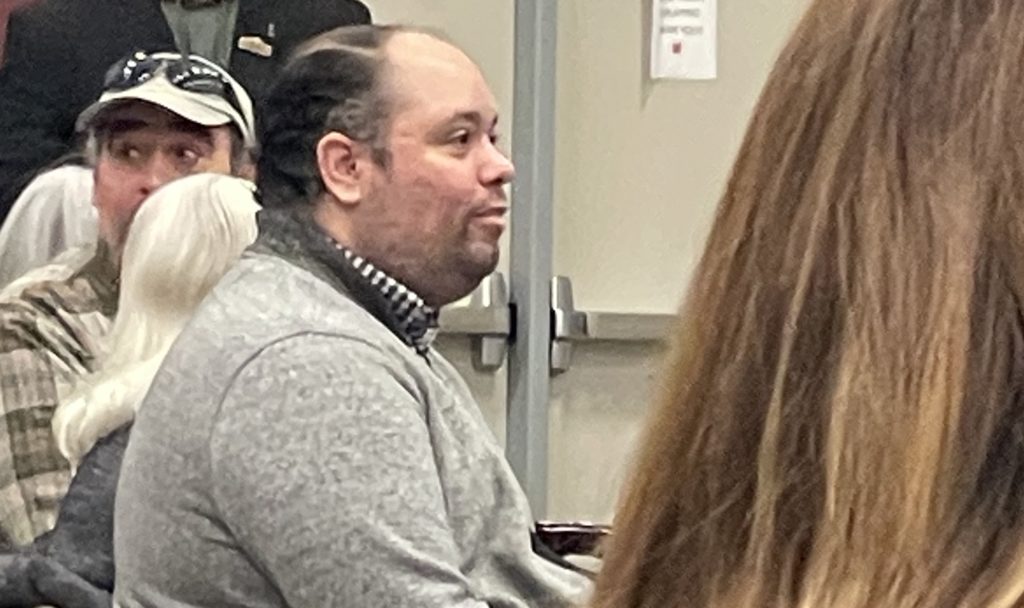By ART CHANCE
Helter: Undo haste and confusion.
Skelter: To move about hurriedly.
Neither word means much itself, but the phrase “helter skelter” means “chaos” and has been in the English lexicon since the 1500s. In our time, it is best known as the title of a Beatles’ song from their cocktail-party-revolutionary phase in the late 1960s. Those with a more political bent will recognize it as a phrase from leftist politics to describe a state of a breakdown of governmental control or even a race war which could be used as a predicate to bring on their fervently desired revolution.
The goal of the Manson Family killings, Aug. 8–10, 1969, was to provoke “helter skelter.” In Manson’s febrile imagination the killings would provoke a race war in which the blacks and whites would neutralize each other and an inspirational leader such as Charlie Manson would take charge. Suffice it to say that leftist thinking in the United States about bringing on a revolution has been delusional for the last 50 years or so.
Communist philosophers in Europe, notably Italian Marxist Antonio Gramsci, posited that the proletarian revolution stemming from the working class could not be organized in the West because of Western affluence and opportunity. That has proven to be true in the United States, where black Americans have not been reliable allies for the left. The connected black politician in Atlanta isn’t really interested in becoming the politburo member; he wants to live in a nice house on West Paces Ferry Road in Buckhead, with a Bentley out front.
Now the Left is stuck with the pink-haired and pussy-hatted crowd and the soy boys who wear black t-shirts and live in mom’s basement. Those aren’t really a good revolutionary guard, however. The Left is trying to stiffen the ranks by importing a new population of illegal immigrants. The Romans thought they could control the Goths, too. We’ll see.
Somebody in today’s Left has revisited Gramsci’s idea that you brought about the revolution in the West through the institutions. The Left made the long march through media and communications and the universities by the 1950s. Leftists pretty much conquered K-12 education by the late 1960s and early 1970s.
Now the Left’s new front is the government itself and, specifically, law enforcement.
First we had the “defund the police” attacks on frontline law enforcement. Then we had the George Soros and other communists funding candidates for attorneys general, district attorneys, and secretaries of state. These are the administrators of law enforcement. Now, in the big, Blue places of the country, the Left gives the orders to law enforcement, and fundamentally, they have ordered them not to enforce the law.
In the Soros-governed cities, it’s open season on the rest of society by the criminal class, which can rob, assault, rape, and even kill with little fear of consequence. This is the new route to helter skelter.
Right now, the reaction of the sane people in the blue places is simply to first isolate themselves. Then they move. That has been the dynamic of “white flight” since the 1950s. Back then, Detroit was the richest city in the World, one of the richest the world had ever known; look what 20 years of communist, excuse me, Democrat control did to it.
I’m a refugee from Atlanta, the City Too Busy to Hate in the 1960s and 1970s. I ran a business in Atlanta’s downtown entertainment district back then. I’d rather have made the two-block walk from my business to my bank without pants than without a .38 in my belt and a Colt .25 at my ankle.
I did what most income- and job-producing people have done; I packed up and left Atlanta. The downtown district that I knew in the early 1970s doesn’t exist any more. In the 1990s, the Atlanta Braves won 10 or 11 successive division championships and went to a couple of World Series. The Atlanta fans were derided because the old Atlanta Stadium and even in the later years the new Turner Field were never sold out even for World Series games. It wasn’t that the Atlanta fans were blasé; they just didn’t think it was worth dying to go to a Braves game.
Funny thing: the Braves abandoned the nearly new Turner Field and moved out to Marietta in the northwest suburbs. The games are sold out, and they won the World Series last year.
So, what do we do with these cities that Soros has conquered, and how do we keep him from conquering others. And, if you haven’t noticed, Anchorage is teetering on the brink of conquest. It’s not quite being governed by the communists, but they have made it essentially ungovernable. I’m not packing boxes, but I’m thinking.
In car-crazy America of the 1950s and early-1960s, people knew of Woodward Avenue in Detroit before they knew of the car culture of The Beach Boys and Jan and Dean in Southern California. Detroit was a very affluent, fashionable city and Woodward Ave. was the heart of its cruising and street-racing scene. If your dad was an executive at one of the Big Three automakers, you could cruise Woodward with the cream of US auto production.
The people who lived in Detroit personified mid-century modern. It was a world of landscaped lots and tri-level homes with two car garages, one bay for Mom’s station wagon and the other for Dad’s company sedan. The mansions built by those who built Detroit a generation before are still there and still well-maintained, but the “For Rent” and “For Sale” signs were beginning to be apparent by the late 1950s as the working population began to drift toward the suburbs and racial tensions simmered and sometimes boiled over.
In the “pay any price, bear any burden” days of The New Frontier and The Great Society, money poured into solidly Democrat Detroit. As has been the case ever since, federal ideas, federal programs, federal administrators, and federal money just made it worse and Detroit became a powderkeg that exploded in July of 1967. The city was essentially destroyed. By the mid-1970s, three-quarters of the white students had left Detroit schools. Those once lovely manicured suburbs were wastelands and the house and lot, or what was left of it couldn’t be sold for even a dollar.
So where did the people who left go? Most initially went to the subdivisions built around the new plants built by the automakers in the late 1940s and early 1950s. That move 25 or 30 miles from central Detroit was a transitory thing, as by the 1970s those plants were closing or moving again.
A dad who had risen from a foreman or some sort of assistant to an executive office and who had built the first suburban house and made the move to the outer suburbs with the new plant, is now retired or maybe gone. Mom isn’t willing or able to take care of that house anymore so she’s headed for “The Villages” in Florida. The kids may still have decent jobs in the local area, but are just as likely to have moved to one coast or the other. The house is unlikely to sell for a good price and is likely to be scooped up by an investor who will turn it into a rental; there goes the neighborhood.
This scenario is a specter hanging over Anchorage. There is a lot of pipeline-era housing in Anchorage. Some of it is nice, some of it is a little long in the tooth. Some of it is in neighborhoods that have simply gone to hell. The ones in bad neighborhoods are already on the way to becoming rentals or worse. The federal government has a program to buy up single family houses, replace them with multi-family housing, and make them Section 8. You don’t really want to own the house next door to one of those places.
The Municipality of Anchorage and the real estate industry have kept up a brave face and seemingly have maintained the prices of Anchorage real estate somewhat stable. One crack, one chink in that armor and the price paradigm collapses.
I remember the days in the 1980s, when the standing joke in Anchorage was that the difference between an Anchorage condo and gonorrhea was that you could get rid of gonorrhea. Price collapse has happened before in Anchorage, in recent memory. It could happen again.
If your life’s work and life’s savings are a house in Anchorage, what do you do? We aren’t yet to the place where the housing commissar of the Anchorage Oblast can come to your house and tell you how many other families you’re going to share it with, but they can certainly tax you out of it or destroy its value and they can and will do that with impunity.
There is a significant portion of Alaska’s self-anointed elite who think Alaska really doesn’t need most of us anymore. You might have noticed that there are not a lot of private or locally owned businesses in Anchorage anymore. Last I was in Fairbanks, it seemed the same, and Juneau has only the most minimal private business sector outside of seasonal tourism.
I lived in Juneau for many years and if you’re “in with the in crowd” it is a nice place to live. Get a job that has travel to Anchorage and Seattle about monthly so you can shop. These days you don’t even need that because online is so much more convenient. Get an account with Alaska Marine Lines so you can use “break bulk” shipping, get the free shipping to Seattle, and only pay shipping from Seattle to Juneau. I can’t remember the last time I was in a store in Juneau other than Fred Meyer or Costco for groceries.
A lot of Anchorage residents are similarly habituated: They take a couple of their daily meals for their family from the Holiday gas station. I did a little stint at Cabela’s in Anchorage when it first opened, working with a few retirees my age and a lot of twenty-somethings. I don’t know why most of them worked other than pride or family pressure; they’d have been a whole lot better off sitting home, playing video games, and collecting welfare.
In the brave new Alaska we live off the Permanent Fund. We have a world of welfare recipients, public employees, and a ruling elite of elected and appointed officials who oversee it all. There are some restaurants and trendy stores owned by well-connected people. The corporate business lives in its own world. We don’t really need any local retail but we can sell tourist junk between May and September.
Just as in Juneau, there is some service industry to fix your car or maybe your lawnmower, but you are probably just better off buying another lawnmower. Much of the Bush economy has long been the same; if it breaks, it goes out with the ice; it isn’t worth it to fix it.
We can have an affluent elite, a pretty well-off bourgeoisie, and a proletariat that lives off government stipends. We don’t need any nasty oil wells or mines. We just check our bank statement every month. It’s a brave new world.
Art Chance is a retired Director of Labor Relations for the State of Alaska, formerly of Juneau and now living in Anchorage. He is the author of the book, “Red on Blue, Establishing a Republican Governance,” available at Amazon.
Art Chance: Palin is finishing what she started, as every Democrat’s favorite Republican
Art Chance: The barbarians have been inside the gates before in Alaska, and they’re back
Art Chance: The 1609 Project and the indentured servitude of immigrants


